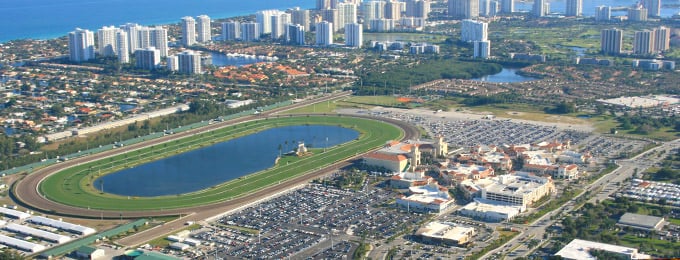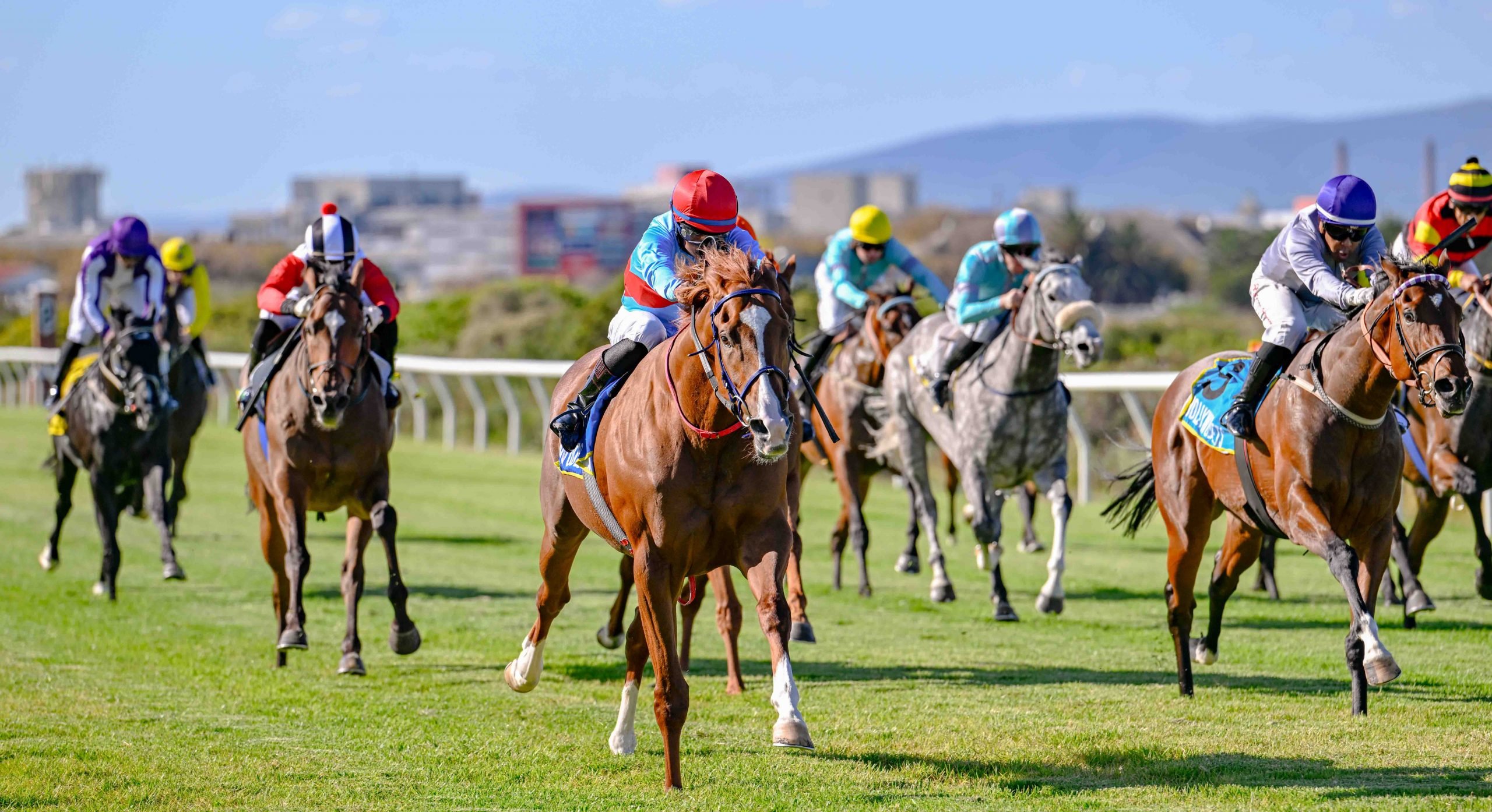On Thursday Gulfstream Park will unveil its new Tapeta racetrack, bringing horse welfare to the forefront.
Tapeta brings the best in safety, maintenance, and opportunities for the racing industry and stakeholders.

The Flamingo Festival is set to start on Thursday with the first running on the new Gulfstream Park Tapeta Track.
The Flamingo Festival will host premium stakes on October 23rd, 30th and November 5th & 6th.
Features of the new tapeta surface:
- High-level safety
Tapeta is a specifically designed cushioned surface that is meant to provide front-end support and hind-end stability for horses
- Training Benefits
Provides an optional surface for horses to train when the turf is not available
- Turf Course Protection
The Tapeta course option allows the turf to rest, requiring less maintenance and assuring that it has optimal conditions during use
- Easy maintenance
The composition of Tapeta allows for excellent drainage – a positive for both horsemen and the track maintenance team
- Weather Resistant
Tapeta protects against inclement weather, especially heavy rainfall, which allows horses to continue training and racing on a consistent surface
- More Opportunities for Horsemen
Tapeta provides more options in the condition book for both horsemen and bettors – especially when races must come off the turf due to weather.

Gulfstream Park opened on February 1, 1939, conducting a four-day meeting.Its initial meeting attracted a crowd of 18000. In 1944, the track was reopened by James Donn Sr. for a 20-day meeting in December.
In 1952, a clubhouse was erected and an addition was put on the grandstand. Gulfstream Park introduced turf racing in 1959. The clubhouse was enlarged in 1961 and the then-world’s largest totalizator board was installed in the infield. In 1972, the track was awarded “middle dates” for a 40-day January through April meet. In 1982, the grandstand was again renovated and in 1984 a clubhouse renovation was completed. In 1986, the track added its Gulfdome, a domed dining terrace.
Palm Meadows, Gulfstream’s state-of-the-art training facility in Palm Beach County, was opened on Nov. 29, 2002.
In 2004, Gulfstream Park began a $130 million renovation of the grandstand and clubhouse. Slot machines also were approved for the track. The renovation, first effective for the 2006 spring meeting, was criticized by racegoers and commentators, who felt that the new racino laid too much emphasis on the casino area, to the detriment of the racetrack’s atmosphere.[5
In September 2013 the park announced another expansion, with construction begun in March 2014. A highlight would be a 110-ft, fire-breathing bronze statue of Pegasus killing a dragon, at the time the world’s largest equine and European dragon statues.
Pegasus would also be the second largest statue in the US after the Statue of Liberty.








